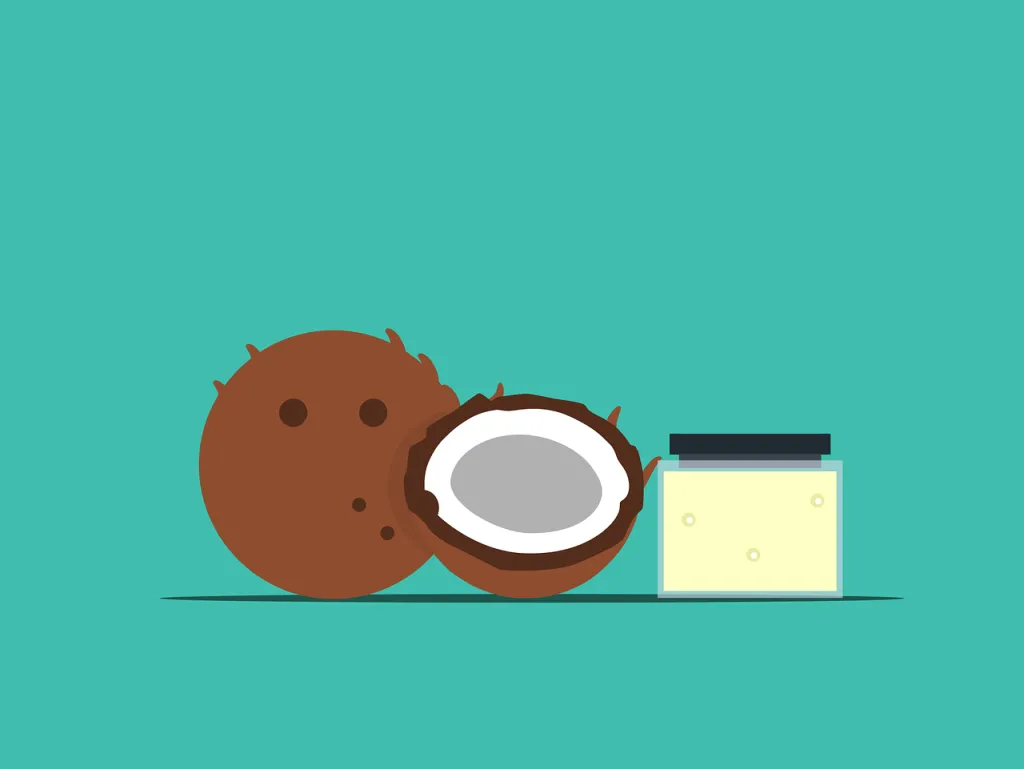The Fluid Dynamics of Coconut Oil
When most people think of coconut oil, a solid, white substance often comes to mind. But under certain conditions, coconut oil transitions to a clear liquid. What triggers this change, and what are its implications?
Why Does Coconut Oil Turn Liquid?
At its core, the transformation from solid to liquid is all about temperature. Coconut oil has a melting point of approximately 24°C (76°F). When exposed to temperatures above this threshold, the oil liquefies. Conversely, when the temperature drops, it returns to its solid state.
Characteristics of Liquid Coconut Oil
- Clarity: In its liquid form, coconut oil is transparent and clear.
- Viscosity: It possesses a watery consistency, differing from the thick, buttery texture when solid.
- Flavor Profile: The mild, nutty flavor remains unchanged, whether solid or liquid.
Benefits and Uses of Liquid Coconut Oil
- Cooking: Its liquid state makes it easier for drizzling or creating dressings.
- Skincare: For massage and other topical applications, the liquid form ensures smooth application.
- Haircare: Liquid coconut oil can be evenly distributed across hair strands, making it ideal for conditioning.
Storing Liquid Coconut Oil
It’s essential to note that frequent changes between solid and liquid states can affect the oil’s shelf life. For consistent texture, it’s recommended to store coconut oil in a stable environment, away from direct sunlight and fluctuating temperatures.
For further insights into the diverse forms and applications of coconut oils, our article on Coconut Oil’s Effect on Acne offers a different dimension of its use.
In summary, the liquid form of coconut oil is a natural reaction to warmer temperatures. Its fluid state offers ease of use in various applications, from cooking to skincare. By understanding its characteristics and optimal storage conditions, one can make the most of this versatile oil.

